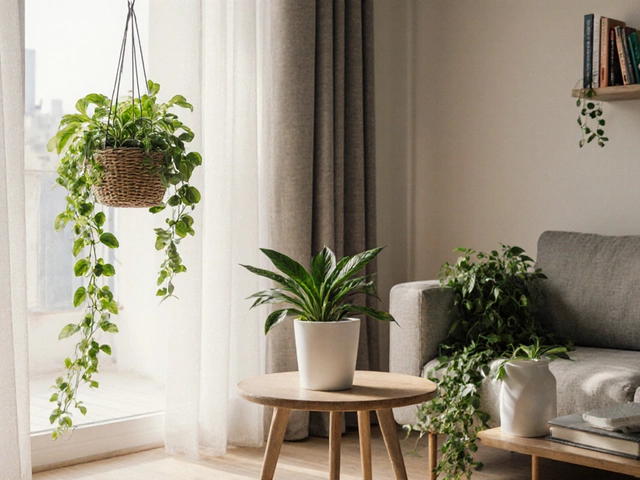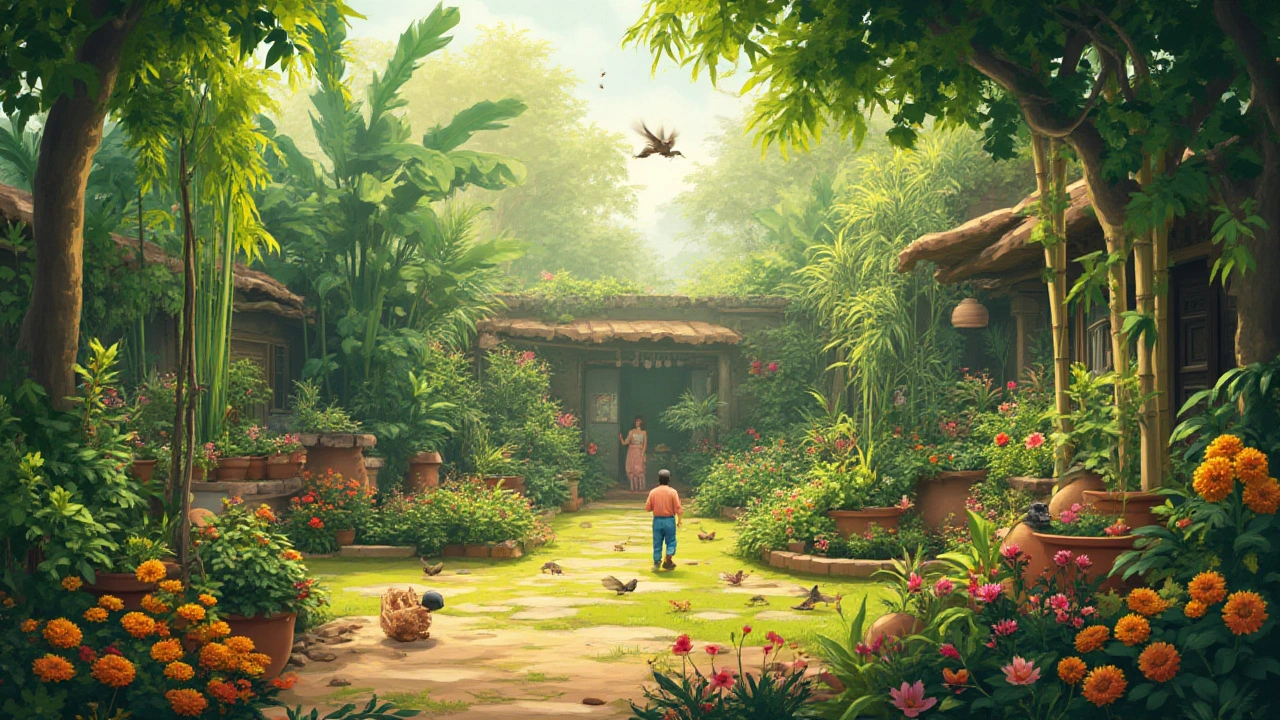Pollinator‑Friendly Gardening Tips for Indian Gardens
Want more buzz and color in your garden? Helping bees, butterflies and other pollinators is easier than you think. A few smart choices can turn any garden, big or small, into a welcoming spot for the insects that keep our plants healthy.
Why pollinators matter
Pollinators move pollen from one flower to another, which lets fruits and seeds grow. In India, many vegetables, fruits and herbs rely on bees and butterflies. When pollinator numbers drop, yields suffer. By planting pollinator‑friendly species you give them food and shelter, and in return they improve your harvest.
Easy ways to make your garden pollinator‑friendly
Start with native flowering plants. Species like lantana, marigold, jasmine and Indian holly are loved by local bees and butterflies. Choose plants that bloom at different times so food is always available throughout the year.
Avoid heavy chemical sprays. Even low‑dose pesticides can harm beneficial insects. If you need pest control, try natural options like neem oil, garlic spray or companion planting. Pairing marigold with tomatoes can keep many pests away without chemicals.
Give pollinators a place to rest. A simple wooden log, a shallow water bowl, or a pile of dry leaves can act as a shelter. Keep the water source clean and change it often so insects don’t drown.
Leave some parts of the garden a little wild. A corner of unmowed grass or a small patch of wildflowers provides nesting spots for solitary bees. Don’t be afraid of a bit of mess; it’s a win for pollinators.
Use a variety of flower colors and shapes. Bees love blue and violet, while butterflies are attracted to reds and yellows. Mixing shapes – tubular, flat, and clustered – invites a wider range of pollinators.
Control weeds wisely. Pull out invasive species that crowd out native flowers, but keep low‑growth native weeds that offer pollen early in the season. This balance keeps the garden tidy and pollinator‑rich.
Finally, keep learning. Track which plants attract the most visitors and share your observations with other gardeners. A community of pollinator‑friendly gardeners can make a big difference across neighborhoods.
With these simple steps, your garden will become a busy hub for bees, butterflies and birds. More pollinators mean healthier plants, better harvests and a beautiful, lively outdoor space. Give it a try and watch nature repay the favor.
Top Plants for a Sustainable Garden: Eco-Friendly Choices That Thrive
Want a garden that's eco-friendly and simple to maintain? Discover the best sustainable plants and tips to make your backyard thrive naturally.
About
Gardening
Latest Posts
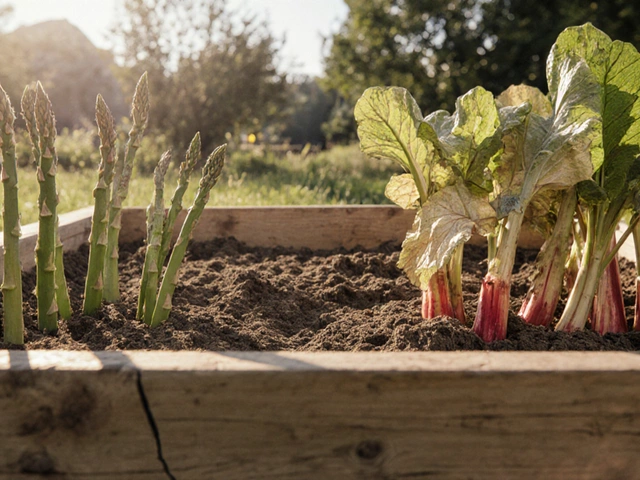
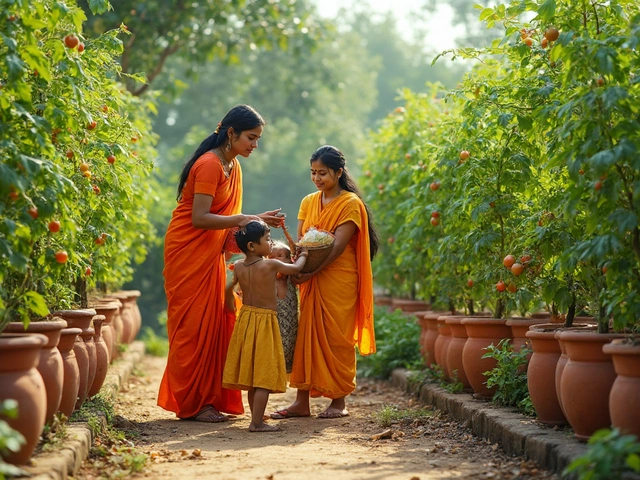
How Often Should I Fertilize Tomatoes? Simple Timing for Big Harvests
By Alden Thorne Apr 21, 2025
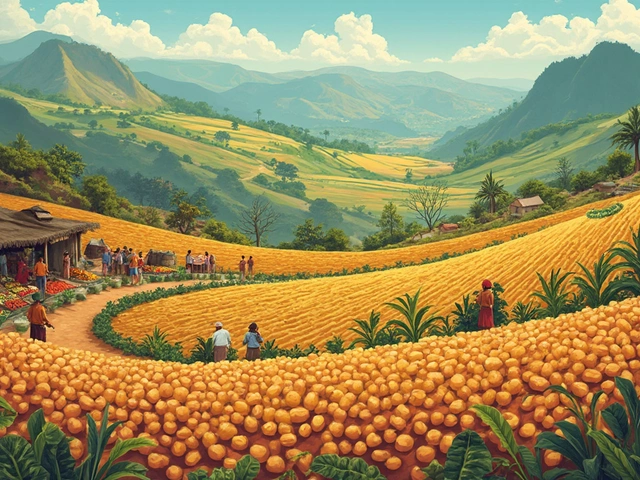
Are Potatoes Native to India? Discover the Truth
By Alden Thorne Apr 7, 2025
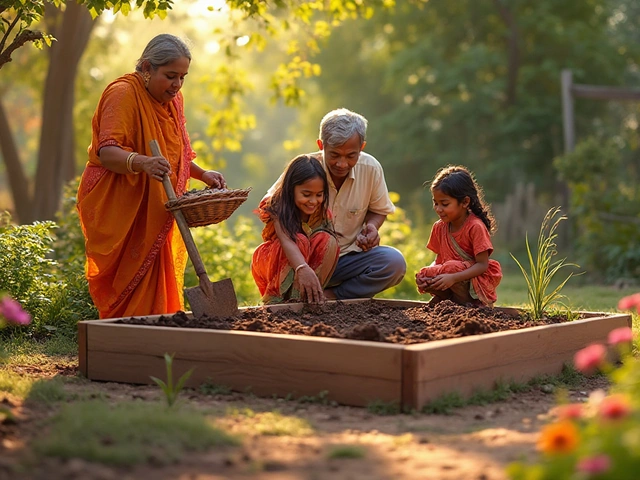
Calculating Soil Needed for a 4x8 Raised Garden Bed
By Alden Thorne Jan 29, 2025
